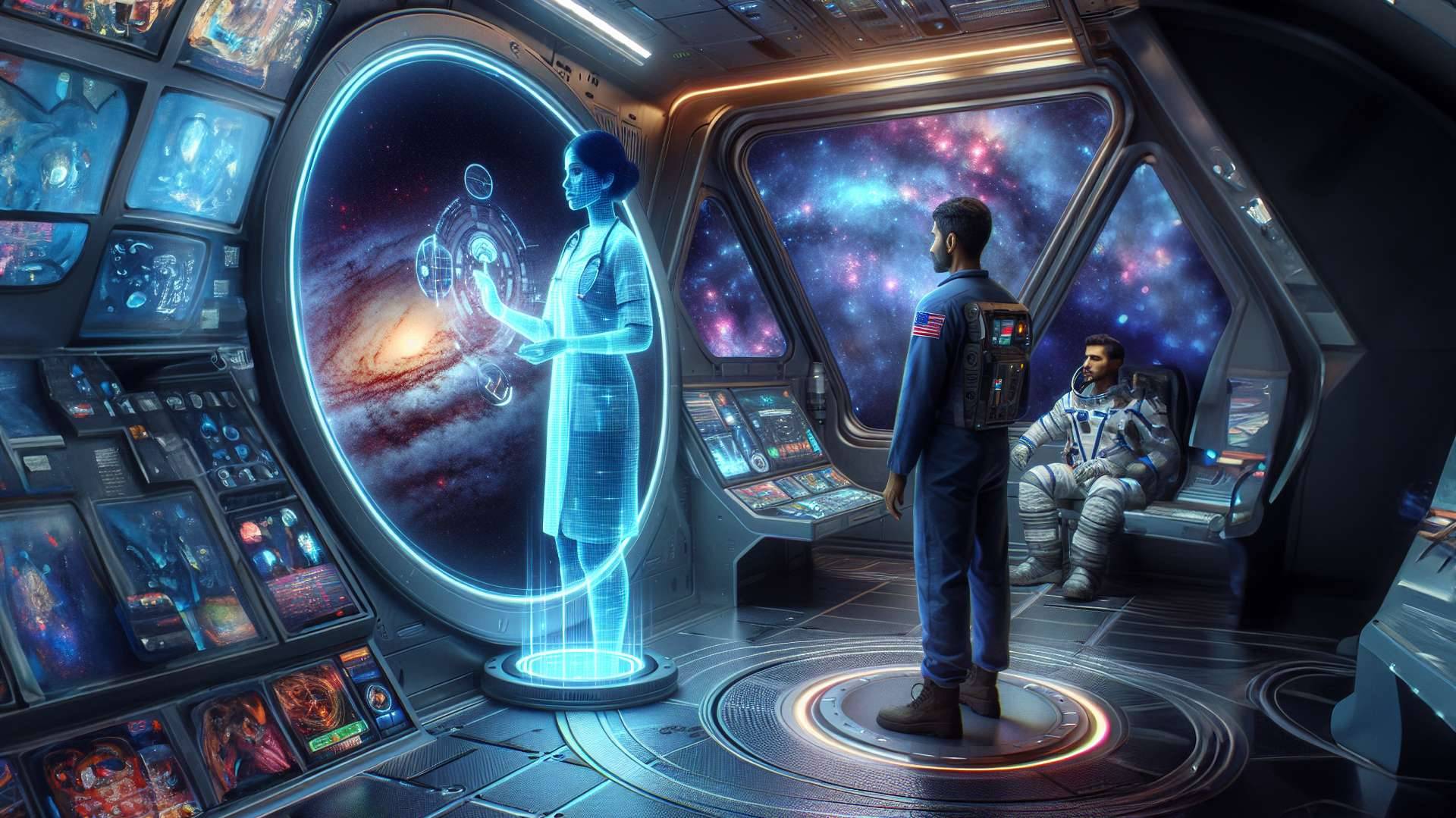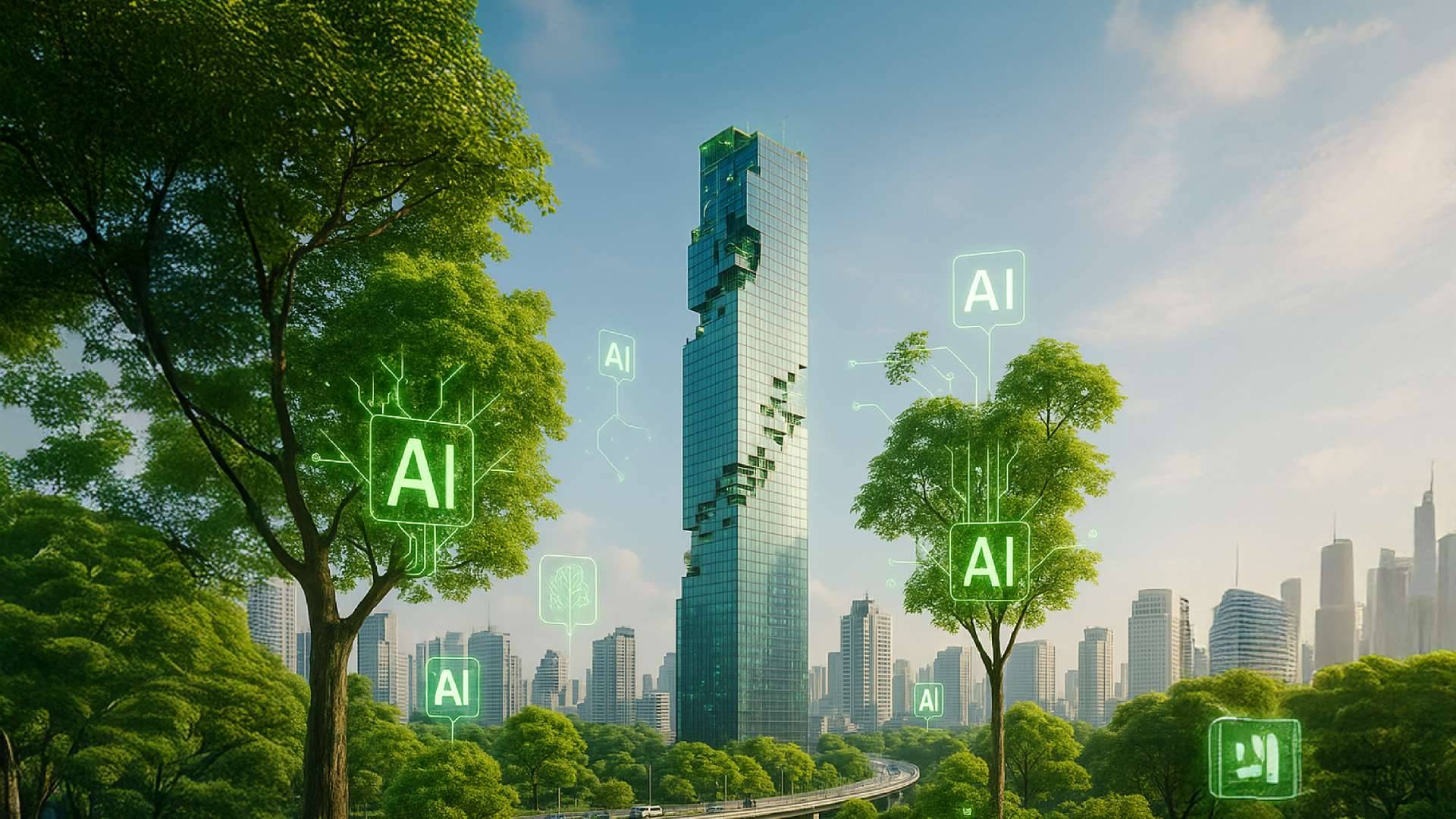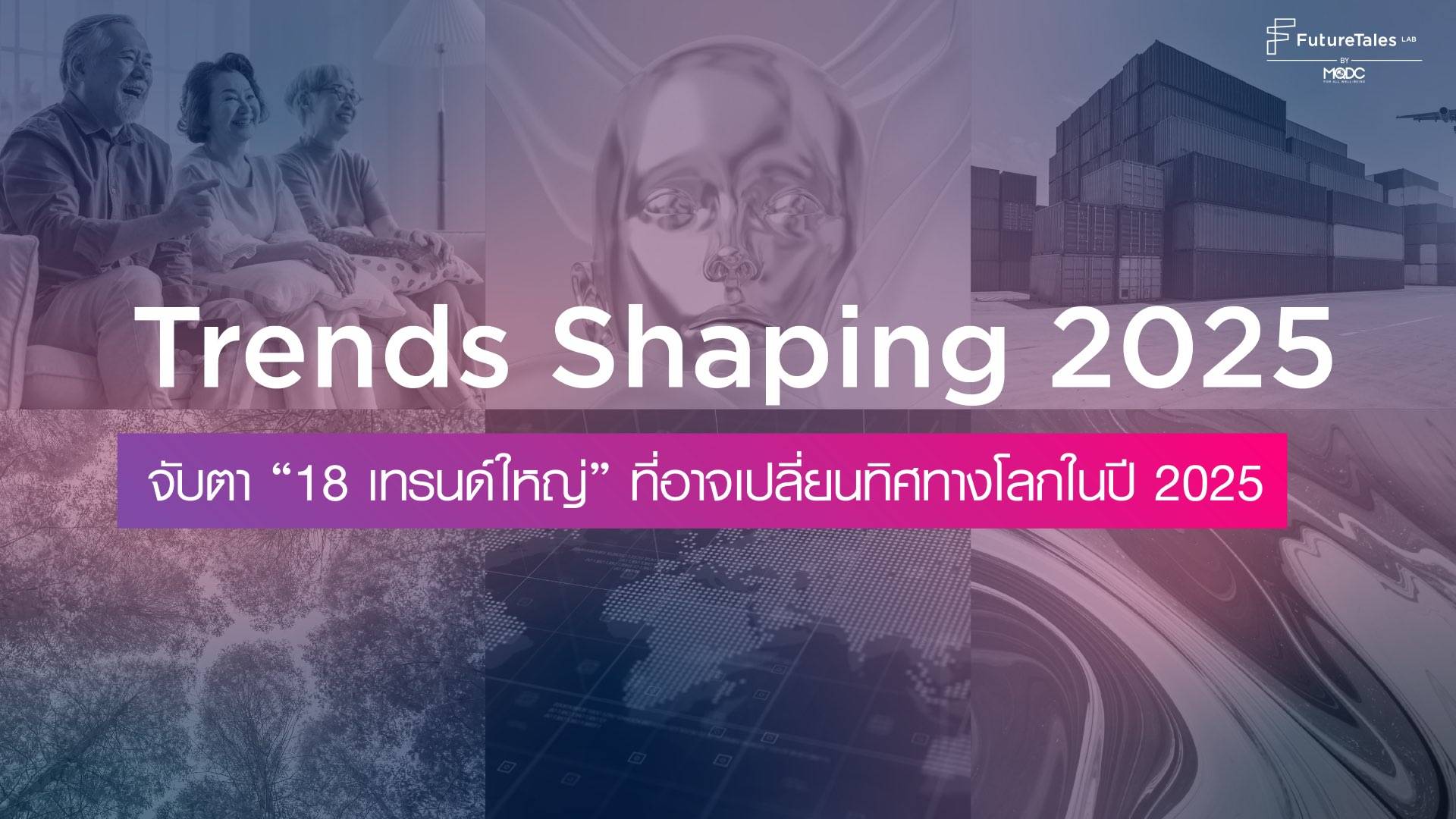
Telemedicine and Hologram in Space Colonization
ARTICLES | Aug 29, 2024
Telemedicine in Space and Holograms in Space Colonization
As we become more health-conscious and embrace telemedicine, the technology will also be helping astronauts beyond Earth. Space technology is an opportunity for the future, especially if we have to relocate to the moon and Mars. Advances in space technology may also enhance life on Earth.
How do astronauts take care of their health?
Going to space definitely impacts the human body, including vision, balance, strength, muscle coordination, and blood pressure. Biomedical technology plays a role in remote diagnoses like capsule endoscopy for gastric ulcer diagnosis or shoes with GPS sensors to track dementia. If an operation or surgery is required, 3D printing technology such as the one that the University of Louisville developed will also be used to manufacture the necessary instruments and perform surgical operations under the supervision of doctors stationed on Earth and robotic assistants aboard the space station.
In mental health, space psychologists are a profession that requires multidisciplinary simultaneously, such as counseling psychology, industrial and organizational psychology, behavioral science, family psychology, psychobiology, anatomy, physiotherapy, anti-aging medicine, and holistic healthcare.
The space psychologist needs to help astronauts maintain good health in a holistic view, manage relationships with teammates and family, help them live together in isolated, micro to zero gravity, and unfamiliar environments for a long period, and continue to work together until the end of the mission. Furthermore, astronauts' mental healthcare service is carried out through video calls.
Dealing with depression could be by choosing an astronaut with a background or experience in psychology. After returning, astronauts must undergo a professional psychological assessment and participate in adaptation programs. In essence, space mental healthcare is often pre- or post-flight, such as training astronauts on how to assess and manage their emotions in stressful and stressful conditions.
In October 2021, NASA conducted a Holoportation - sending a flight surgeon, Dr. Josef Schmid, through holographic projection to the space station for health consultations with astronauts. It was the first successful real-time two-way communication compared to a typical video call that had a delay of 20 minutes when talking.
The communication was projected in 3D video and captured 400 km higher from Earth to the space station with Microsoft's HoloLens Kinect camera and software developed by startup Aexa Aerospace of the European Space Agency. In the future, NASA plans to push forward. Holoportation or communication through this hologram is the main communication channel in space.
Implications for the future:
- Advances in Extended Reality technologies such as Holograms, Augmented Reality, and Haptics will play an increasingly important role in advancing communication experiences in many fields. Medicine, architecture, and entertainment between provinces, countries, or even planets will become more efficient. People will understand each other better because both sides see the context of the interlocutor.
- Holographic telehealth medicine will become the future of global public health. This will enhance the quality of medical services and promotes the network of specialists worldwide, especially in areas with shortages and high risks, such as heart surgery, neurosurgery, and emergency.
Reference:
- https://www.esa.int/ESA_Multimedia/Videos/2020/05/Discussion_on_space_for_healthcare_after_COVID-19











